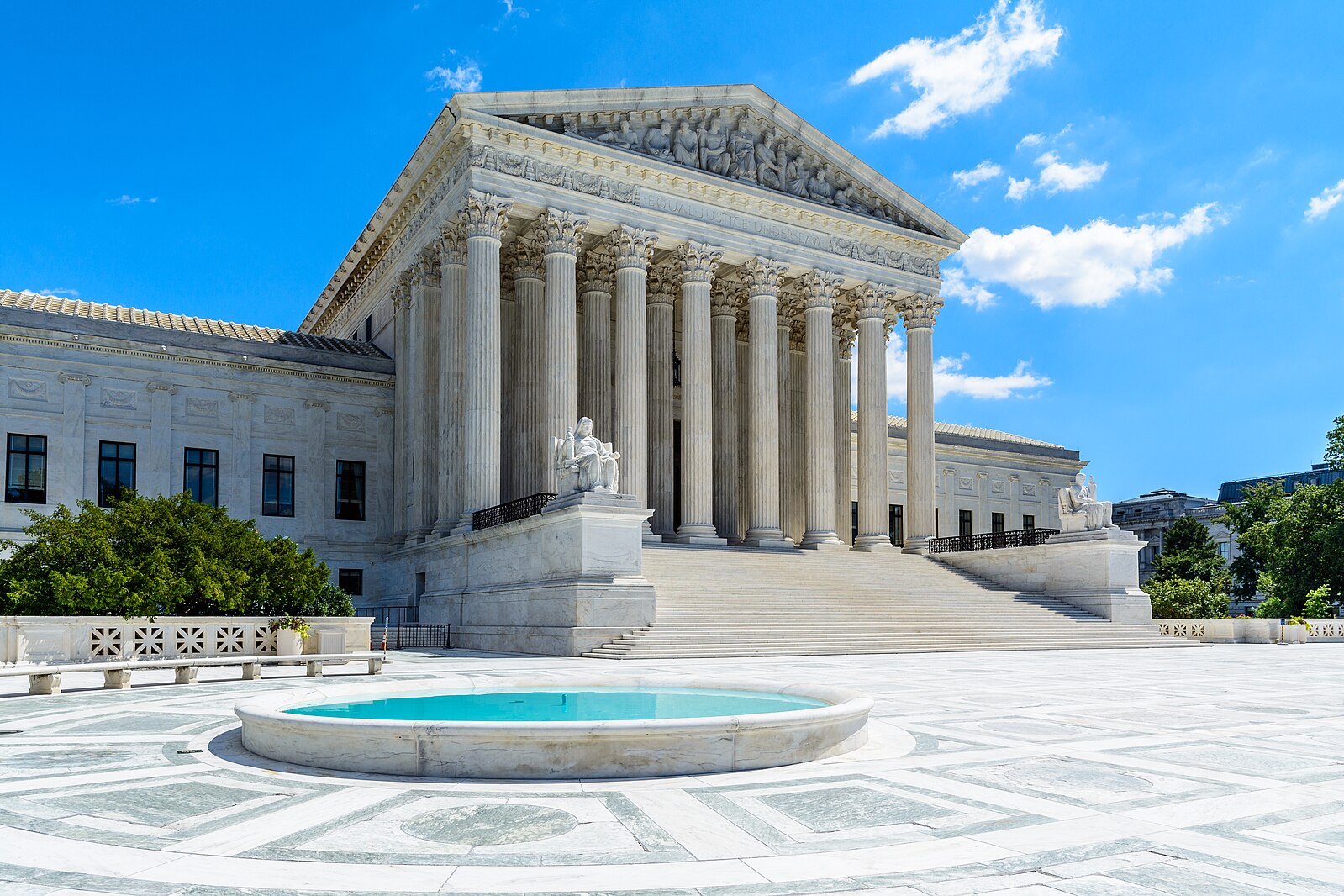How to Salvage Syria and Protect U.S. Troops
The United States still has some leverage to push for a deal.
Published by The Lawfare Institute
in Cooperation With

Editor’s Note: This article originally appeared on Order from Chaos.
Not for the first time since civil war broke out in 2011, U.S. policy towards Syria is in shambles. Last year, President Trump promised to pull out the 2,000 or so U.S. forces who were present in the country’s northeast after the territorial defeat of the ISIS caliphate—only to reconsider after then-Secretary of Defense Jim Mattis resigned in the wake of that abrupt decision.
Earlier this fall, Trump again declared that U.S. forces (by that point numbering about 1,000) would soon leave, and he immediately pulled modest numbers out of their positions along the Syrian-Turkish border, where Turkish President Recep Tayyip Erdoğan planned a military operation against the very same Kurds who helped us defeat ISIS. Continuing the see-saw, Trump then decided that he will keep perhaps 600 U.S. personnel in country (backed up by 5,000 troops in Iraq, at least as many at al-Udeid Air Force Base in Qatar, and U.S. forces in Kuwait, Turkey, Bahrain, and nearby waterways as well).
Confusion still reigns, however. Beyond the fact that Trump clearly cannot make up his own mind about whether to stay or go, the day-to-day mission of U.S. forces in and near Syria is unclear. Trump says we are there “to keep the oil” that Syria produces in its remote east. By contrast, his military leaders emphasize the anti-ISIS parameters of the mission (since many ISIS fighters remain in Syria, being held by Kurds or having gone to ground). Finally, the U.S. base at al-Tanf near the Jordanian border helps check Iranian ambitions in the region, which presumably matters to the Trump administration at some level as well.
Also fundamentally unclear is how any of this relates to the broader challenge of ending the Syrian civil war, which may be largely forgotten in the United States, but remains far from over. The fate of the country’s northeast, including whether populations there will enjoy any autonomy, remains in flux. Syrian President Bashar Assad—along with his Hezbollah, Iranian, and Russian allies—seems unsure of how to handle the northwest province of Idlib, with its three million inhabitants including locals, internally displaced persons, and a fair dose of Salafist jihadi fighters as well. Trump may not care much about this issue—but the war has the potential to flare up and put U.S. allies as well as American forces at new risk.
The Problem with the Current Approach
What to do? While President Trump is not the first American president to undercut and contradict his own Syria policy, at a bare minimum we owe it to our men and women in uniform there a clear mission—as well as a measure of safety.
The uncertainty about Washington’s commitment to the mission, and indeed the uncertainty about the locations of U.S. positions within the country, invites deterrence failure. Iran or a pro-Russian private military contractor like the Wagner group could attack U.S. positions in the hope that a casualty-averse America would then abandon the mission the way U.S. forces left Lebanon after the catastrophic 1983 Marine barracks bombing or the way American units pulled out of Somalia after the Black Hawk Down tragedy of 1993. And while it seems unlikely that Syrian, Russian, or Turkish forces would directly attack American positions and risk a broader crisis, the uncertainty over where U.S. forces intend to remain could lead to inadvertent contact, with the potential for escalation.
The first part of the necessary corrective to U.S. policy is not complicated. While it is regrettable that President Trump conceded a swath of northeastern Syria to Erdoğan and Turkey—also creating opportunities for Russia and Assad’s Syrian forces to move into areas they had not previously controlled—all is not lost in the northeast. The threat of major U.S. sanctions against Turkey can limit the scale of any Turkish ethnic cleansing operations there, and a sustained American presence in other parts of the northeast can discourage Turkey from coming too far south. Meanwhile, all three of the main missions that the United States has articulated in recent months for remaining in the country’s northeast are still valid: suppressing ISIS, limiting Iran’s opportunities, and yes, protecting the oil (with revenues going to Syrians, not Washington!). We should simply be more consistent in declaring these three goals all to be legitimate, meaning that our forces will remain in country for the foreseeable future. President Trump can still claim to have honored the essence of his original promises for Syria dating back to the 2016 presidential campaign—the ISIS caliphate is gone, thanks to the strategy that he and President Obama followed, and U.S. forces are reduced by two-thirds from when Trump entered the White House.
What about a broader strategy to end the war, get Syrian refugees home (as much as possible) from Turkey, Jordan, and Lebanon in particular, and do enough to stabilize Syria that an ISIS 2.0 does not form in reaction to Assad’s continued misrule as well as the country’s abject poverty and misery? Of course, there will be no great option available. We are, sadly, at a point in the war where Assad and his allies have clearly prevailed in achieving most of their goals, and the United States under two presidents has found neither the will nor the local partners capable of altering that basic fact. Although assassination or coup always remain at least distant possibilities, Assad will neither be defeated on the battlefield, nor persuaded through any U.N. process to negotiate himself out of power in favor of a democratically elected government. That latter goal was always unrealistic, especially since Russia’s entry into the war in 2015, and by now it has become simply absurd. It should be abandoned, de jure as well as de facto.
Yet the United States and allies still have some leverage. They control Syria’s access to the funds—in potential American, European, Japanese, Gulf-state, and World Bank aid, as well as private capital—that will be needed, by the many tens of billions of dollars, to rebuild the country and its economy. Russia can provide a little help, but like Iran it suffers from Western sanctions and cannot be a substitute for the countries and institutions that hold the big bucks. Also, as President Trump rightly points out (even if a bit too often and bluntly), we control access to Syria’s oil at the moment, as well.
Let’s Make a Deal
Thus, a deal can be imagined.
Part I could look like this, and it could happen fairly fast: We should demand a degree of autonomy for the Kurds and others in the country’s northeast, where we can help fund substantial reconstruction right away, as well as basic protections for Assad’s political opponents throughout the country, and no more barrel bombing or other indiscriminate attacks against civilians. (We could also agree to some informal Syrian-Russian-Turkish-American collaboration in pursuing remnants of ISIS and other jihadis.) Assad could then be allowed to access most of his own country’s oil revenues to spend on the basic human needs of his people (as with the Iraqi “oil for food” program of the 1990s). He could also receive basic humanitarian aid, but not yet reconstruction assistance, from the outside world.
Then, as Part II of the agreement, if Syria wants access to larger sums for actual reconstruction and economic revival, Assad will eventually have to go. He has simply too much blood on his hands to be a credible, unifying leader for all of his country’s people in the future, or to be a viable recipient of large sums of international aid. But rather than expect him to step down in favor of a democratically elected (and thus almost surely a Sunni-dominated) successor government, which is a fairy tale, we should allow him—within reason—to choose his own successor, provided that person be less implicated in war crimes and more technocratic in background. Syria’s various ethnic and sectarian groups should all be represented in a new cabinet and the future leadership of the armed forces. But we would have to accept the reality that Assad will not abandon his fellow Alawites or other minority groups and allies in favor of an elected, majoritarian government that would likely retaliate against those same groups. Assad could either remain in country or seek exile, as he chose.
Assad may not like the idea of Part II of this arrangement—and indeed, Part I of the policy could stand on its own, at least for some time, even without the additional deal. But his Alawite and other allies, including Russia, probably would like Part II as well, as they could cement their victory in the war and get help in rebuilding the country. We in the West would have to hold our noses to make such a deal. Alas there is little choice. After eight years of futility, a strategy that offers the hope of internal and regional stability, as well as an end to the human suffering associated with a conflict that has killed half a million and driven 12 million from their homes, must take precedence over any sense of moral righteousness and indignation. And those 600 GIs in the east, along with all the rest of us, would finally understand the day-to-day as well as the larger purposes of the mission there.
Such an outcome for Syria may not merit a Nobel Peace Prize. It would almost literally amount to doing a deal with the devil. But it would be a feather in the cap of anyone who could help bring it about, given the realistic alternatives, and given the tragic history of Syria from 2011 to date.


.jpg?sfvrsn=407c2736_6)


